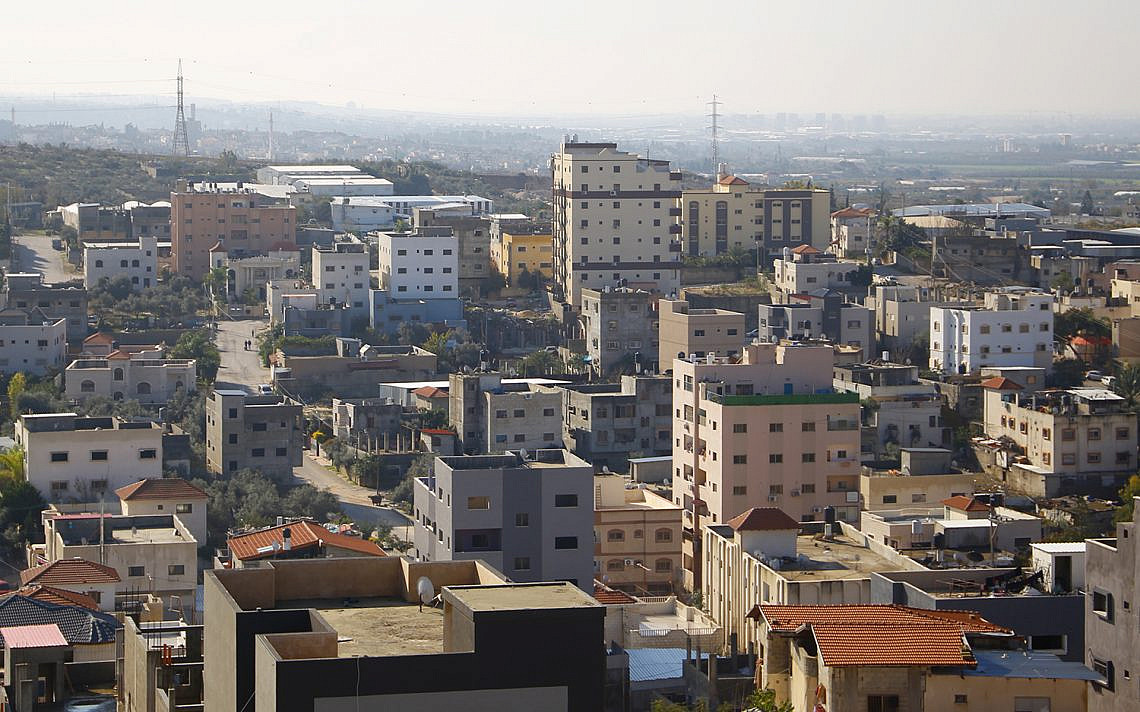
First published by Haaretz
Let’s set aside the question of whether Hamas’ decision to fight Israel this summer was legitimate, and ask a separate question: Did Hamas have the option of using legitimate combat methods?
Many of Israel’s allegations against Hamas, including charges that Hamas fighters concealed themselves among Palestinian civilians and hit Israeli civilians, are too sweeping. No terrorist or guerrilla fighter — whatever you want to call him — has any choice but to operate from amid civilians and therefore, to some degree, to expose them to danger and attack.
Every underground militia, whether “good” or “bad,” has always operated this way, including the Jewish underground militia in Mandatory Palestine before the state was established.
In the Gaza Strip, in contrast to the West Bank, Hamas isn’t underground; it’s the de facto ruler. But the Gaza Strip is a small, densely populated area in which it’s hard to keep military targets away from the civilian population.
Even sovereign states, whose ability to separate their military forces from civilian populations is much greater than that of either underground organizations or Gaza’s Hamas government, tend to place facilities that are legitimate targets for enemy attack — including attacks by underground organizations such as ministries of defense or military headquarters — in the midst of cities, thereby exposing their civilians to danger. The Israel Defense Forces headquarters is no exception.
Moreover, an underground militia fighting a state will usually prefer to attack urban facilities, because its ability to successfully attack army units on their bases is generally limited.
Just as the death of innocent civilians isn’t necessarily a war crime when the party directly responsible for the deaths is a state whose army is fighting guerrillas, the same holds true when the party directly responsible is a terrorist organization or guerrilla force fighting a state. In both cases, the deaths could in fact be unavoidable “collateral damage” resulting from a legitimate military operation.
Both states and underground militias have an obligation to try to minimize harm to innocent civilians on the other side — including by being willing to consider aborting an otherwise legitimate operation, for humanitarian reasons — and also to try to minimize the danger to their own civilians that is posed by operating in their midst. But we must take into account that in practice, an underground militia’s ability to do this is more limited than that of a state.
Some may argue that it is legitimate for underground militias to attack certain targets even if they are not strictly military targets — for instance, strategic infrastructure (which is where South Africa’s African National Congress began its war against the government), state leaders and representatives. But it’s clear that attacking buses, open-air markets and pizzerias, with the goal of killing as many random passersby as possible, as Hamas does, is not legitimate and isn’t in the gray area. These are inhuman acts of terror — war crimes on the part of a group that seeks to be considered a combat force. These acts are not the result of negligence in protecting civilians’ lives or indifference to their fate (which would also merit condemnation), but of an explicit intent to kill.
In Gaza, too, Hamas’ methods of combat were criminal. It could have attacked Israel without firing rockets at Israel’s civilian population. Hamas could have attacked the military forces Israel deploys around the Gaza Strip, as it did when it took IDF soldier Gilad Shalit captive, which was an act of war but not a war crime.
Hamas chose to make firing rockets at Israeli communities its principal weapon; it wasn’t forced to do so. And even those who insist on firing rockets are not compelled to station the launchers next to schools and hospitals, as Hamas was photographed doing.
Despite Gaza’s population density, there are quite a few areas that aren’t built up; it would have been possible to launch rockets from these areas, under cover of the network of tunnels and bunkers Hamas has built in Gaza. And even when firing from a populated area, Hamas operatives need not have placed the launch sites, or the places where arms are stored and manufactured, in the very locations that are most sensitive from a humanitarian standpoint.
These methods of combat demonstrate utter contempt for human life, Israeli and Palestinian alike. This does not absolve Israel of its obligation to try to minimize harm to civilians in its combat operations, but any fair discussion of Israel’s combat methods must take these facts into account.